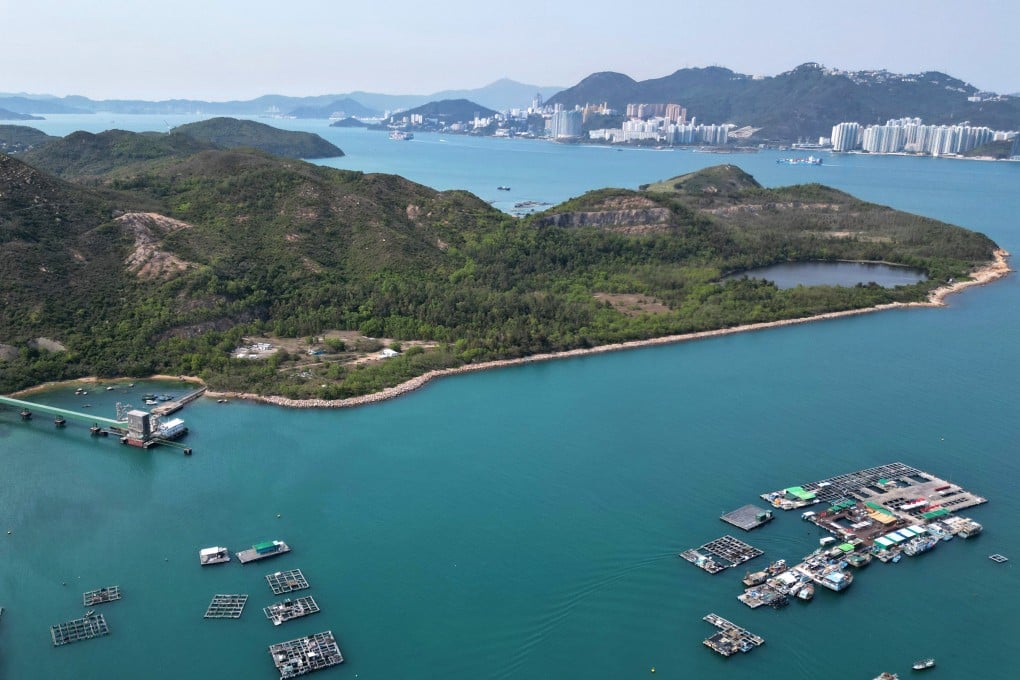Hong Kong is one of the most developed places in the world, yet nearly three-quarters of its area remains relatively untouched, leaving great potential for further development. This fact is also recognised by the government, which is seeking to make better use of the existing natural resources in a measured and sustainable manner, and rightly so. In the largest land disposal for new tourism and recreation in recent years, three important sites have been set aside for commercial investment.
These include turning a former quarry in Lamma Island into a high-end coastal and hillside resort development, with a marina for up to 200 yachts. Also on offer are plans to turn Cheung Sha, Pui O, Shui Hau and Shek Pik into the South Lantau Eco-Recreation Corridor – a “one-of-a-kind leisure and recreational destination” – and to develop Tsim Bei Tsui and Pak Nai in the Northwest New Territories into ecotourism nodes. Developers will need to conduct site formation work and build public facilities for the government, but will retain the private residential sites for profit.

It is estimated that each project will cost several billion Hong Kong dollars to develop. What sets the initiatives apart is the collaboration with the private sector. The government is gauging feedback from the market before commencing with any statutory process.
.
Politics

Sustainable approach to ecotourism in Hong Kong can be of great benefit to all

In the largest land disposal of its kind in recent years, three Hong Kong sites with tourism potential have been set aside for commercial investment.















